When Can I Change My Nipple Piercing? 3 Essential Safety Tips
While you must be excited to try out new cool nipple jewelry, you may want to wait instead.
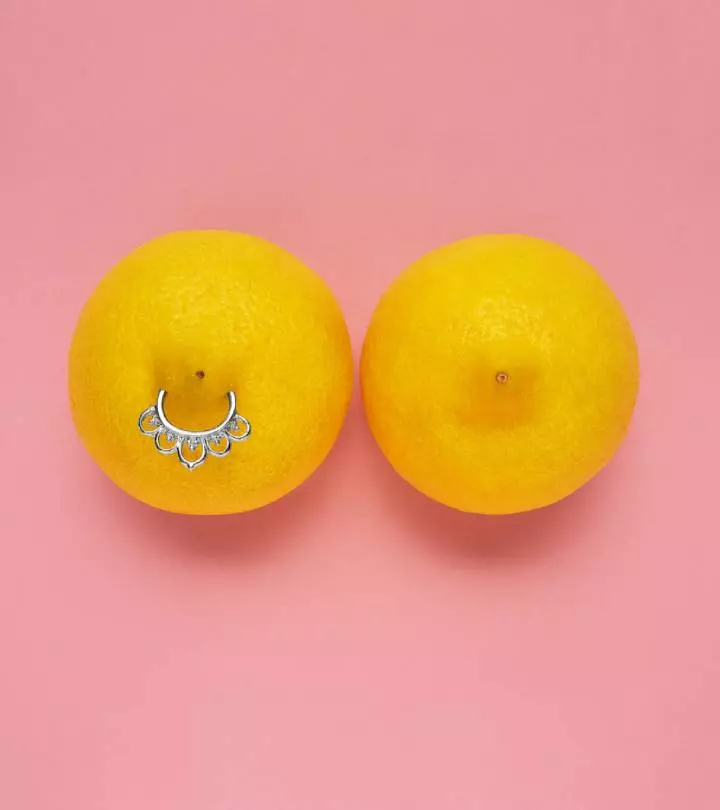
Image: Shutterstock
So you finally got that nipple piercing that you have been wanting, but a question looms in your mind. You are wondering when you can change your nipple piercing jewelry and if changing it affects the healing process of the piercing?
Most people believe that you should not change the jewelry on a new piercing until the skin has properly healed. Others believe that it can be changed after the initial healing phase. In order to get to the nub of the matter, it is important to understand how a nipple piercing is done first. During the nipple piercing process, a sterilized needle punctures the soft nipple tissue to create an open wound that is then immediately filled with jewelry. It is, therefore, essential to handle the piercing site with care as playing around with the jewelry may lead to more skin trauma and affect the healing process. Explore the intricacies of changing your nipple piercing, when to change it, and the associated risks right here. Keep reading to know more.
In This Article
When Can You Change A Nipple Piercing?
take longer to heal. Therefore, you can change the jewelry once the piercing wound is completely healed. Subjecting fresh piercings to any kind of trauma may aggravate the wound; this includes trying to remove old jewelry and add in new ones. Nipple piercings take the longest time to heal compared to other piercing types since the nipple contains blood vessels and ducts. While it usually takes 3- 6 months to heal, sometimes, it may require a year or longer. Trying to change out nipple jewelry too early can delay the healing process, so it is recommended to wait until the piercing is properly healed.

Here are a few tips and safety measures to help you replace your starter jewelry when the time comes.
- Do a full-fledged check to see if the piercing has healed completely and only then change the jewelry.
- It is always best to wait at least 12 months before changing it.
- Consult an experienced piercer to have it changed in case of issues like swelling.
As mentioned, you need to properly check if your new nipple piercing has healed before you can change its jewelry. Scroll down to learn how to tell if your piercing has properly healed or not.
Key Takeaways
- It is essential to understand the safe and appropriate time to change your nipple piercing. The healing time significantly determines the optimal time for switching jewelry.
- With careful handling and proper methodology, you can change your starter nipple jewelry independently.
- You should be careful while choosing the new jewelry style and material to avoid exerting force or causing irritation to the fragile nipple tissue.
How Do You Know If Your Nipple Piercing Has Healed?
Before you plan to change your nipple piercing, it is essential to ensure that your piercing is healed completely to reduce the risk of infection. There is quite an extended range of probability for the healing period of nipple modifications as it is a sensitive body area. It is necessary to be aware of the nipple piercing healing signs to analyze if you are ready to change the piercing. Experienced tattoo artist & piercing expert Eve Phillips says, “Even if the jewelry can move freely in the hole, the insides may still be healing. You need to wait till the period suggested by your piercing expert to remove or change your jewelry.” Here are the signs to be ticked off before you plan to change your nipple piercing.
- There is an absence of heat around the nipple area. Soon after a piercing, the area will feel hot due to the inflammation. But this may last only around a week or two. If the nipple is hot later, it may indicate infection.
- You feel reduced or no pain in the area. Intense pain is a usual thing right after a nipple piercing and subsides over time. Reduced pain suggests that the wound is healing.
- Make sure that the piercing does not have bad-smelling liquid oozing out of it. Clear or yellowish fluid is a part of the healing process, while green or brownish fluid might signal an infection.
- Crusting is a common occurrence in a healing piercing. But the crusting should decrease as the piercing heals.
- Check both the outer and inner areas of the wound. The outer edge heals first, while the inner part may not. When you try to change the piercing with a raw wound, you might be re-introducing bacteria.
- If the jewelry can move freely in the hole, the wound is fully healed. The edges of the hole also appear smooth and even.
 Did you know?
Did you know?If you are doubtful about the healing of your nipple piercing wound, always check with a reputable piercer before changing the nipple ring or jewelry. On assuring that your piercing has healed, you may consider changing the piercing on your own. Delve into the stepwise process of changing your starter nipple piercing jewelry in the next section.
How Do You Change Out A Nipple Piercing For The First Time?
Your starter nipple piercing jewelry may not be the trendy design you had dreamt of. In most cases, piercers pick jewelry based on their size so that the piercing can heal properly without closing. They tend to use a standard 14-12g size barbell for nipple piercings. However, once the piercing has healed, you can change up your nipple jewelry to a more modern ring or decorative piece.
If you are sure that your nipple is healed, follow the below steps to a successful first-time nipple piercing changeout.
- Massage the nipple with emu oil for 2-3 weeks before changing the nipple jewelry. Emu oil moisturizes the skin without clogging the fistulas (2). It makes the fistula looser and more flexible, preparing it for a smooth change of jewelry process.
- Use threaded jewelry for easy insertion via a threaded taper of the same gauge.
- Unscrew one end of the jewelry and attach it to the threaded taper end.
- Remove the starter jewelry from the piercing and add a water-based lubricant drop. Add a small drop of lubricant to the end of the taper.
- Slide the pointed end of the taper into the fistula and gently slide it through till the new jewelry has passed halfway through it.
- Remove the jewelry from the taper and replace the metal ball or decorative end.
- Alternatively, instead of using the taper, you can buy nipple jewelry with a complimentary threading pattern as your starter. Screw the two pieces of jewelry together, use the lubricant on the jewelry and fistula, and push the old jewelry out to slide in the new one.
- Be mindful of the gauge size of the new jewelry for nipple piercing, as sizing up is not recommended if you are changing it on your own for the first time.
 Pro tip
Pro tipIsabella Lanter, a vlogger, gives an 8th-month update on her nipple piercing and how she changed her jewelry on her own. year. Though she did not want to change her jewelry for at least a year to be on the safe side, she had to as one of the ball endings on her nipple jewelry came loose and fell off. She says, “When I unscrewed the little ball ending… I decided to make sure that the next piece of jewelry I had, the bar was here and I put it right next to the end of the piercing. And I kinda slid it through and swapped it slowly. I didn’t take one out and scoot one in. It was a very smooth and easy transition (i).”
If your fistula is fully healed, nothing stops you from changing your jewelry to match your style. Let’s understand the process with a step-by-step guide to help with a successful nipple jewelry changeout.
How To Change Nipple Piercing Based On Jewelry Type
After the first piercing jewelry change-out, consecutive piercing changes are a breeze unless you have an infection or inflammation in the area. Eve Phillips says, “You need to first ensure the jewelry (bar or ring) is perfectly clean and smooth with no crusting or exudate. Even a fully healed nipple piercing can still produce secretions and cause a tear if pulled through. So, you need to be very patient and careful while changing your jewelry after your piercing is healed.”
1. Bars/Barbells
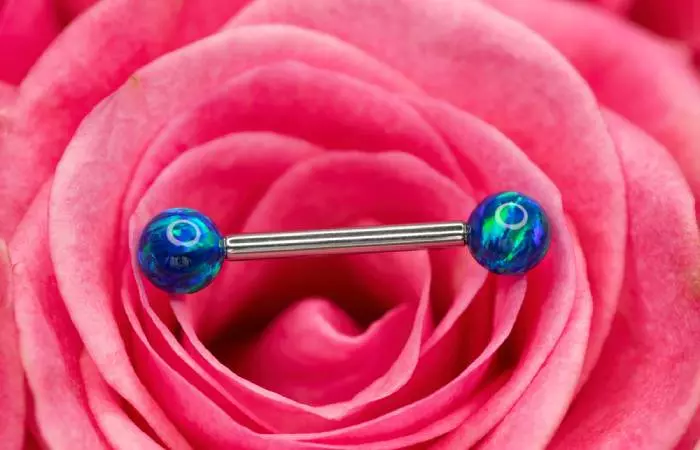
- Remove the existing barbell by unscrewing the ball on one end while holding the other.
- Place the ball in a safe place and gently slide the bar out of the piercing.
- Clean the new jewelry and unscrew the ball on one end.
- Slide the bar into the hole without applying any force. Yanking or forcing it can cause injury.
- Once it is gone through, screw back the ball to the other end.
2. Rings
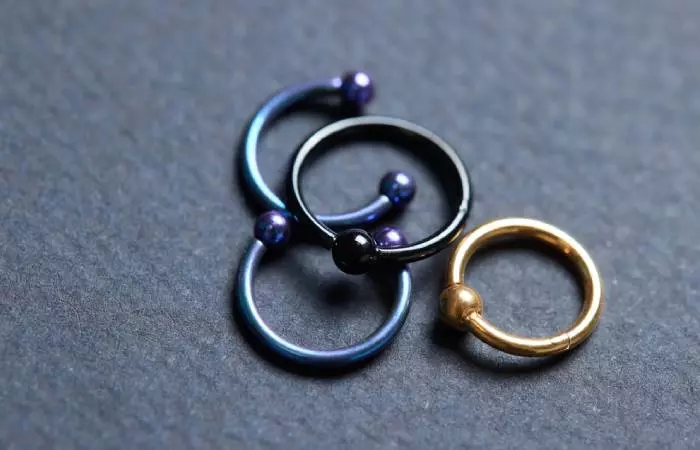
- Opening a ring piercing jewelry can be slightly challenging. Try pinching the ring and pulling on either side of the ring if it works by a clasping mechanism.
- Otherwise, gently slide a pair of safety scissors into the open loop of the ring by about 1 inch or so. Open the handle slowly to move the edges apart. Continue until the hoop opens, gently ease it out of the piercing.
- To put in the new ring, gently hold it open and slide the bead-free end through the hole.
- After passing the part of the ring through the hole, close and secure it with the bead.
- Rings piercing jewelry may have different clasping mechanisms and captive bead rings are popular as it is easy to change.. Understand the mechanism before removing or putting back the jewelry.
Here are a few tips and safety measures to help you with a smooth transition to your new nipple jewelry.
- Clean the new jewelry with antibacterial soap and warm water. Let it air dry and keep it in a clean place.
- Clean the nipples well with a sea salt soak. For this, fill a small container with saline solution (¼-½ teaspoon of salt in warm water) and 2-3 drops of tea tree oil. Bend over and place the container covering the nipple. Sit back and let the solution soak the nipple.
- Prep and sterilize the tools like taper and lay out all the necessities like the lubricant and new jewelry within reachable distance. Wash your hands thoroughly with antibacterial soap.
- Choose high-quality metal jewelry.14g implant-grade titanium is the safest choice as it does not cause an allergic reaction.
The nipple is a very fragile area, so avoid yanking or pulling at the jewelry. Never try removing the nipple piercing before it has healed, and the following section will explain why you should be wary of early nipple piercing removal.
What Happens If You Change A Piercing Too Early?
Once you get your piercing, you may be in too much of a hurry to try new things. This is when people try to change the piercing jewelry before the wound has healed. Nipple piercings are one of the complex body modifications and a small error can be gruesome, such as tears in the nipple or impacting the ducts there. Even with a robust immune system, you cannot recover from a nipple piercing in a few weeks. The pain may subside with reduced swelling, but almost no nipple piercings will heal in less than three months.
Here are a few common risks associated with early nipple jewelry removal:
- An unhealed piercing is an open wound and changing the jewelry may introduce bacteria to the wound site leading to an infected nipple piercing (3).
- It can also cause deformity or nerve damage in the area (4).
- Disturbing a nipple piercing before it has healed can tear the tissues around the hole and cause bleeding and infection.
The choice of the right time, type of jewelry, and safety measures ensure a smooth nipple piercing jewelry transition. Scroll down to understand the possible reasons that could cause pain following a nipple jewelry changeover.
Does Changing A Nipple Piercing Hurt?
Changing nipple jewelry is a relatively simple process that can be done at home with minimal tools and proper care. Here are a few probable reasons why you might experience pain while or after changing your nipple piercing.
- Trying to change the jewelry from a healing nipple piercing is one of the most common reasons for pain associated with piercing jewelry change.
- Changing into a different jewelry style or gauge can irritate the inside of the piercing, causing pain. Even a healed piercing may not be used to the new shape and cause discomfort. Use a gauge size and piercing style similar to the initial piercing.
- Use a water-based lubricant, as piercing dry skin can irritate the fistula. Soap and water may also have a similar effect, but do not use petroleum-based products.
- Continue the same nipple piercing aftercare routine as instructed by your piercer. For instance, refrain from swimming in pools or hot tubs until the piercing is fully healed, wear loose-fitting clothing to prevent irritation to the piercing, avoid sleeping on the piercing or applying direct pressure to it, and consider using a cold compress to reduce swelling, especially during the initial healing phase. This will help calm the irritated tissue, help the body heal, and get accustomed to the new jewelry.
The pain level associated with a nipple piercing change differs from person to person. We become skeptical when it comes to pain or possible complications. If you are worried about the same, you can always get help from your piercer.
Should You Consult A Professional To Change Your Nipple Jewelry?
It is best recommended to consult with a professional piercer if you are unsure of the healing status of your nipple piercing. They can also help you make the right material choice and measure your current jewelry to suggest the best-suited new jewelry size and model.
Most piercing professionals offer free change of jewelry service If you buy new jewelry from them. If not, they may charge you a small fee for the same. But it is most favorable as it is hassle-free, and you can be worry-free regarding the safety concerns along your piercing journey.
A proper aftercare routine can aid in quickly healing the nipple piercing. Plan for a nipple piercing change only when your body is ready for it. Allow it to heal entirely before manipulating the piercing fistula. Choose jewelry of the right size and material to avoid irritations and infections. Follow our step-by-step guide to change the piercing jewelry and consult a professional piercer or medical advisor for further clarification regarding any specific concern.
Frequently Asked Questions
Can I change my nipple piercing after two weeks?
No, it is very unlikely that your nipple piercing will heal in 2 weeks. Nipple tissue takes longer to heal than any other body piercing. It is best recommended to hold out at least 12 months before changing the piercing jewelry.
Can I change my nipple jewelry if there’s still some crust or discharge?
Crusting or discharge from the piercing site happens during the healing process. Any disturbance to the piercing during this time can lead to complications and unnecessary trauma.
Nipple piercings come with the responsibility of proper care and maintenance. Delve into this insightful video that details the dos and don’ts of changing and cleaning your nipple-piercing jewelry.
Personal Experience: Source
StyleCraze's articles are interwoven with authentic personal narratives that provide depth and resonance to our content. Below are the sources of the personal accounts referenced in this article.
(i) 8 Month Nipple Piercing Update! Healing? Changing Jewelry?
https://www.youtube.com/watch?v=mw_ktUD2-70
References
Articles on StyleCraze are backed by verified information from peer-reviewed and academic research papers, reputed organizations, research institutions, and medical associations to ensure accuracy and relevance. Read our editorial policy to learn more.
- Random amplified polymorphic DNA analysis reveals no clear link between Staphylococcus epidermidis and acute mastitis
https://obgyn.onlinelibrary.wiley.com/doi/full/10.1111/ajo.13503 - Emu Oil
https://pubmed.ncbi.nlm.nih.gov/29999806/ - Bacterial infections in patients with nipple piercings: a qualitative systematic review of case reports and case series
https://www.ncbi.nlm.nih.gov/pmc/articles/PMC9006427/ - Body piercing: complications and prevention of health risks
https://pubmed.ncbi.nlm.nih.gov/22175301/
When to Change Nipple Piercing Jewelry Safely
Watch our video to learn when and how to safely change your nipple piercing jewelry. Discover healing milestones, step-by-step swap tips, and expert precautions for a smooth, pain-free process.
Read full bio of Eve Phillips
Read full bio of Reshma Latif
Read full bio of Anjali Sayee
Read full bio of Joyce Joyson










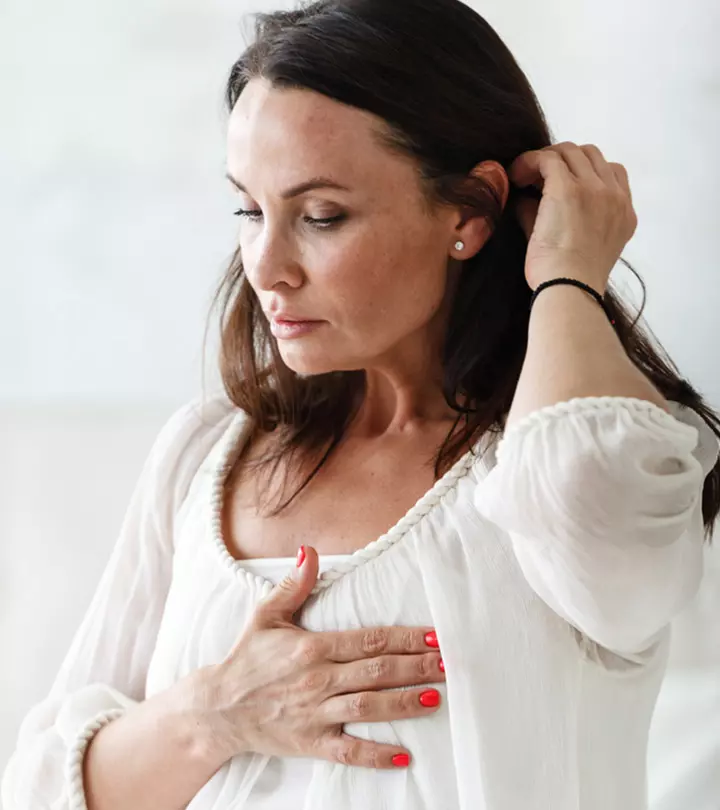
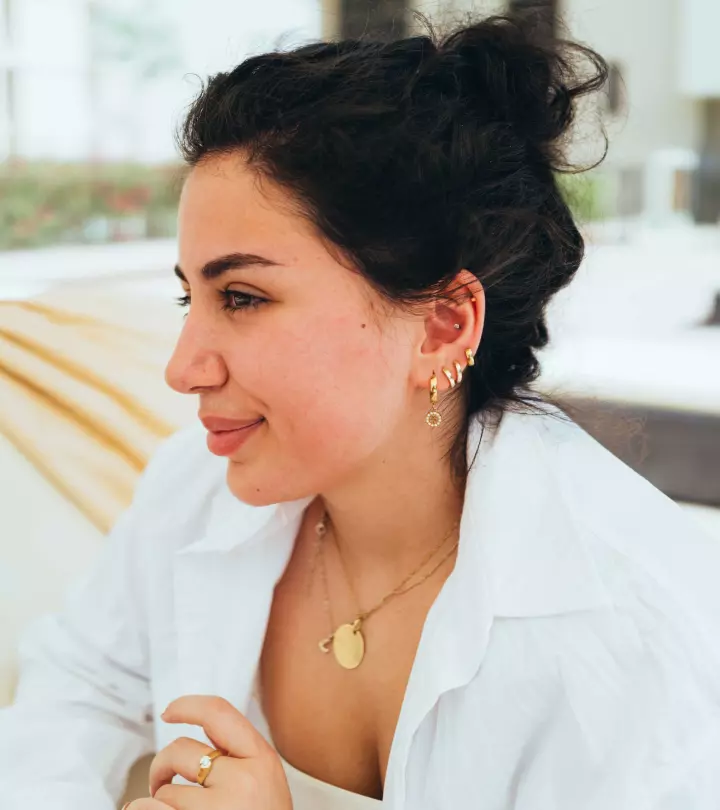

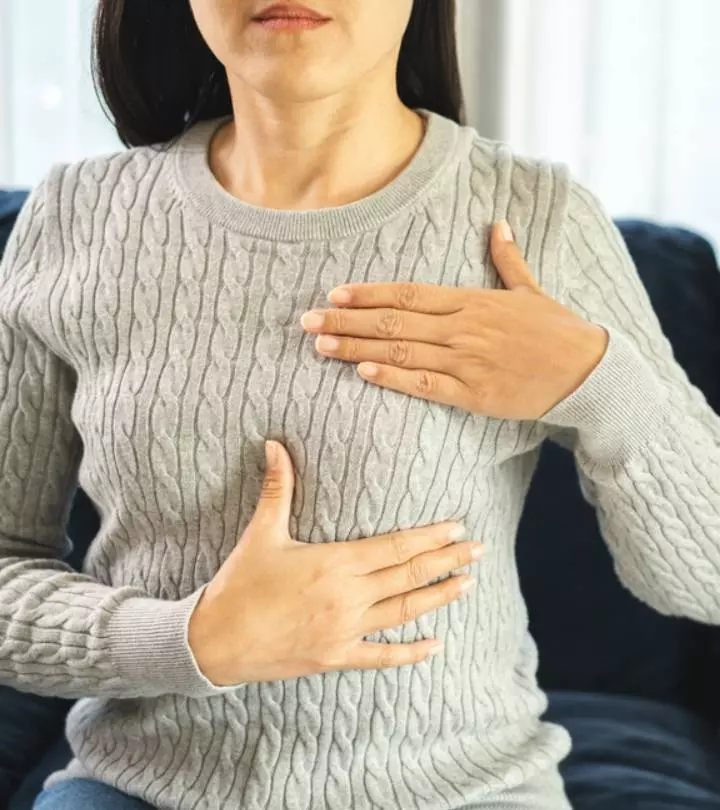
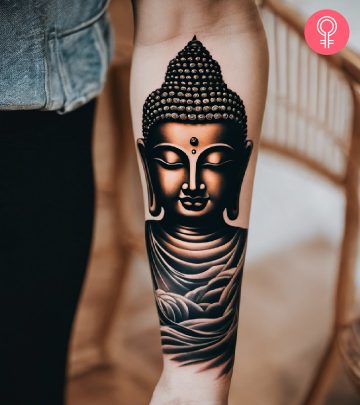

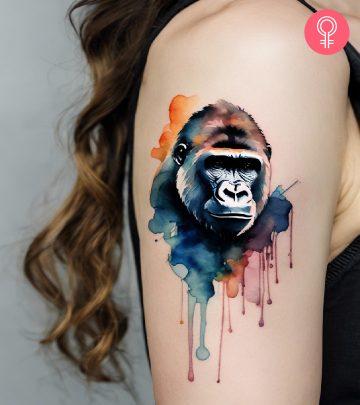

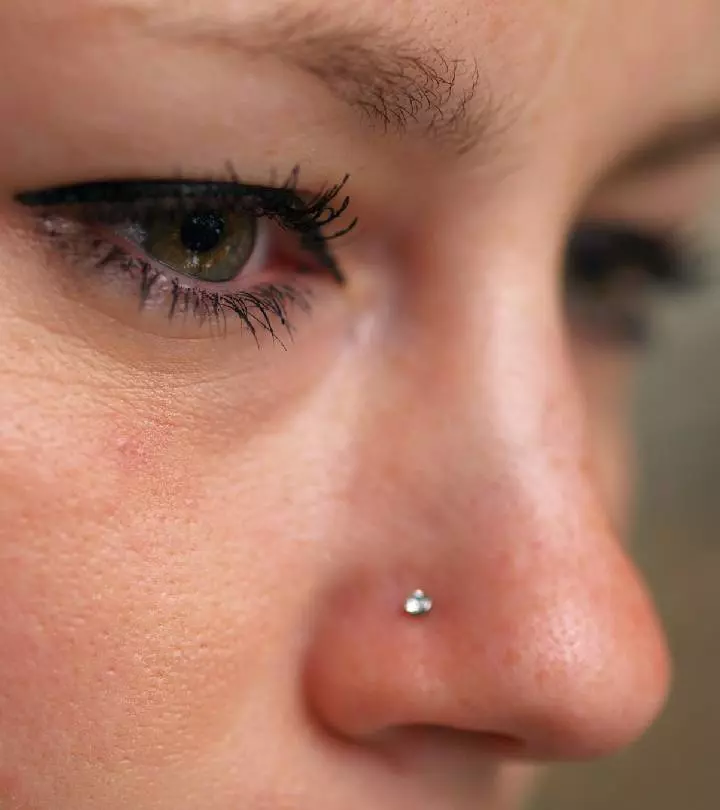
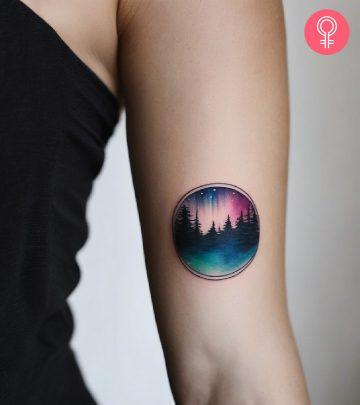


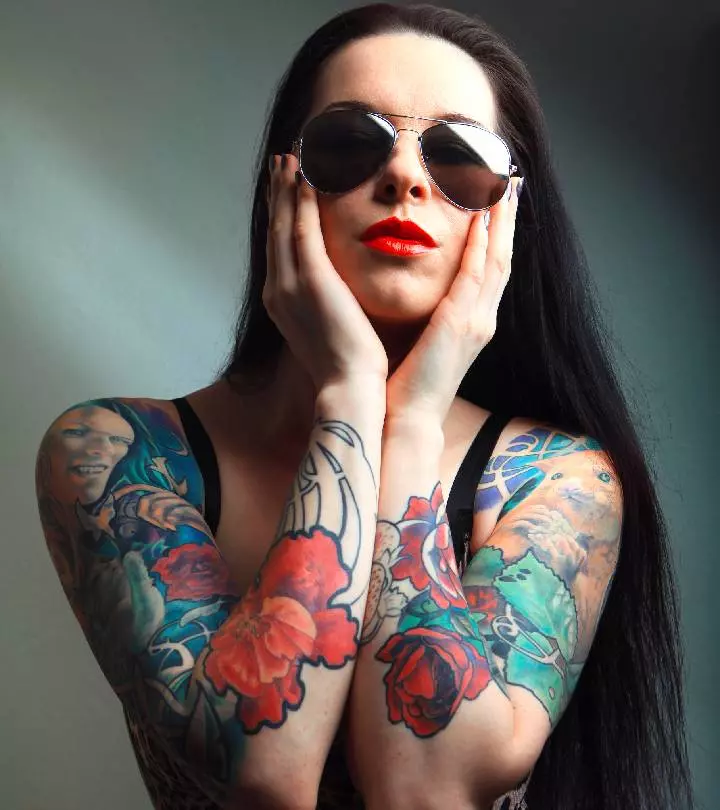

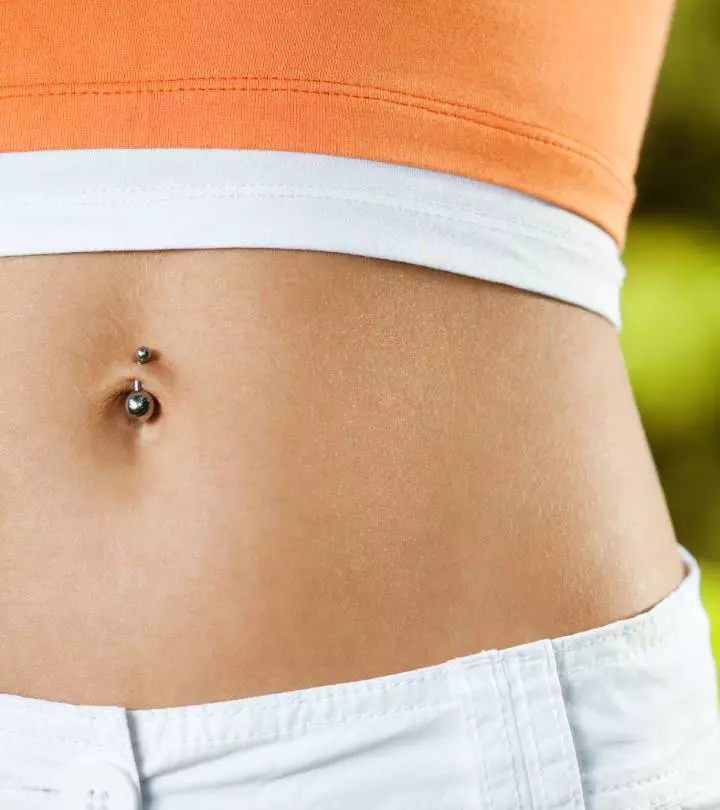

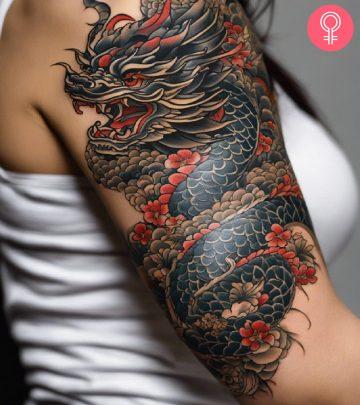
Community Experiences
Join the conversation and become a part of our empowering community! Share your stories, experiences, and insights to connect with other beauty, lifestyle, and health enthusiasts.